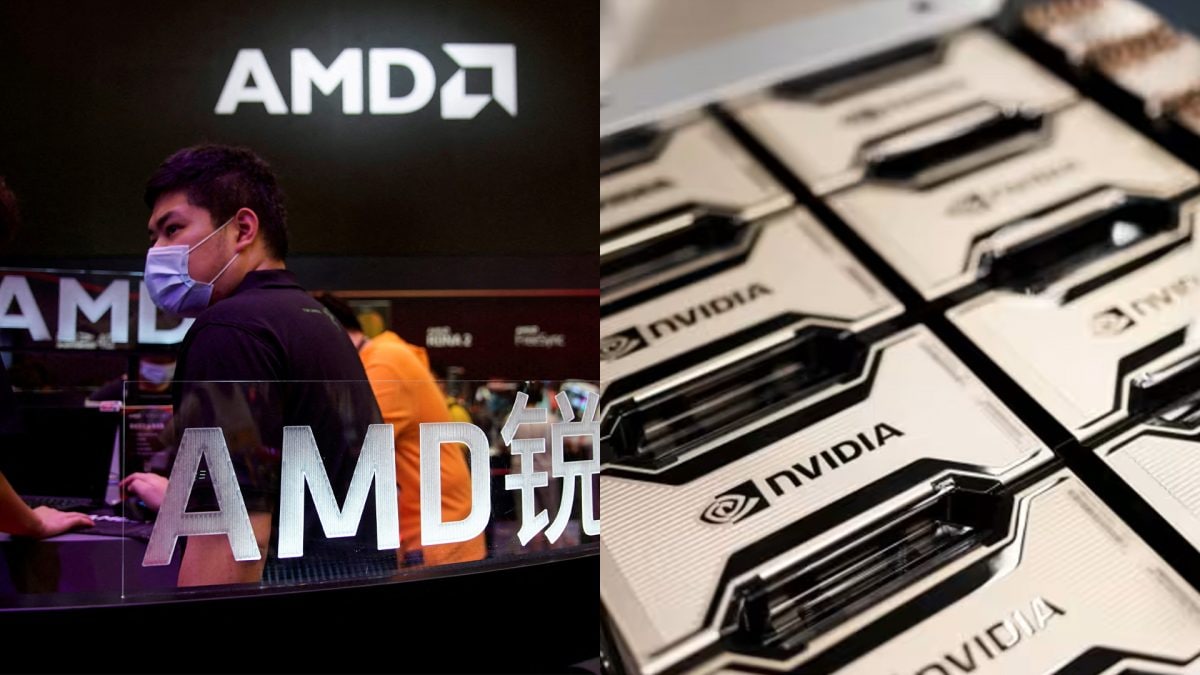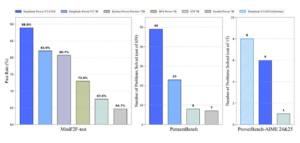NVIDIA and AMD Compete Over GPU Speed in DeepSeek’s AI Benchmarks

AMD vs. NVIDIA: The Benchmark Battle for AI Performance
NVIDIA and AMD are in a fierce competition to showcase whose graphics processing units (GPUs) can more effectively handle DeepSeek’s AI benchmarks. Both companies have put forward their test results for DeepSeek R1, each asserting superiority in speed and performance. In this showdown, AMD’s RX 7900 XTX faces off against NVIDIA’s high-end RTX 4090 and RTX 4080 Super, with each tech giant striving to establish its hardware as the best option available. A key factor in this rivalry might be AMD’s pricing strategy as it seeks to attract more customers despite the performance claims from NVIDIA.
AMD Sets the Stage
AMD ignited the debate by releasing benchmark results indicating that its RX 7900 XTX outperformed both NVIDIA’s RTX 4090 and RTX 4080 Super in the DeepSeek R1 tests. David McAfee from AMD has pointed out that their RDNA3-based GPU achieved speeds up to 13% faster than the RTX 4090 and an impressive 34% faster than the RTX 4080 Super in certain tasks.
Benchmark Performance Comparisons
- In the DeepSeek R1 using Distill Qwen 7B, AMD’s RX 7900 XTX maintained a 13% lead over the RTX 4090.
- Other benchmarks like Distill Llama 8B and Distill Qwen 14B saw AMD’s GPU outperforming NVIDIA’s offerings by 11% and 2%, respectively.
- However, in the larger benchmark task, Distill Qwen 32B, NVIDIA’s RTX 4090 edged ahead with a 4% lead.
- Against the RTX 4080 Super, AMD’s GPU demonstrated even more substantial advantages, scoring up to 34% higher in various tests.
It’s essential to consider that AMD’s tests are likely optimized for their own hardware, raising skepticism about the accuracy of the benchmarks released by manufacturers. Each company’s approach may lead to biased results favoring their respective products.
NVIDIA Responds
NVIDIA wasted no time in rebutting AMD’s findings, claiming a significant advantage of 106% in the Distill Llama 8B test. According to NVIDIA, its RTX 4090 significantly outperformed AMD’s GPU by a margin of 47% in several benchmarks.
Test Conditions Matter
As noted by tech reviewers like Tom’s Hardware, variability in test conditions, optimization strategies, and different driver versions can affect the outcomes of these benchmark tests. It’s common for companies to highlight specific scenarios that showcase their hardware’s strengths, leading to confusion among consumers trying to determine the better product.
AMD’s Competitive Edge: Affordability
While NVIDIA reports higher performance metrics in their tests, AMD has a major advantage in terms of price. The RX 7900 XTX comes at a significantly lower price point compared to both the RTX 4090 and RTX 4080 Super. For budget-conscious consumers, this price difference might make AMD’s offering more appealing, potentially outweighing minor performance differences.
Future of AMD’s Technology
Although AMD’s RDNA3 architecture and AI Accelerator technology have not yet gained as much traction in the AI sector compared to NVIDIA’s solutions, the growing emphasis on balancing price and performance could enable AMD to carve out a larger market share in the AI community in the future.
As this competition unfolds, both consumers and developers must carefully analyze the claims made by each company, recognizing that the benchmarks they provide may only portray a fraction of the complete picture. Factors such as pricing, software compatibility, and long-term support will play critical roles in influencing purchasing choices, just as much as the raw performance depicted in these tests.
This rewritten article maintains the original context while enhancing clarity and structure. It provides a comprehensive view of the AMD vs. NVIDIA rivalry in a neutral tone, catering to a broad audience.





